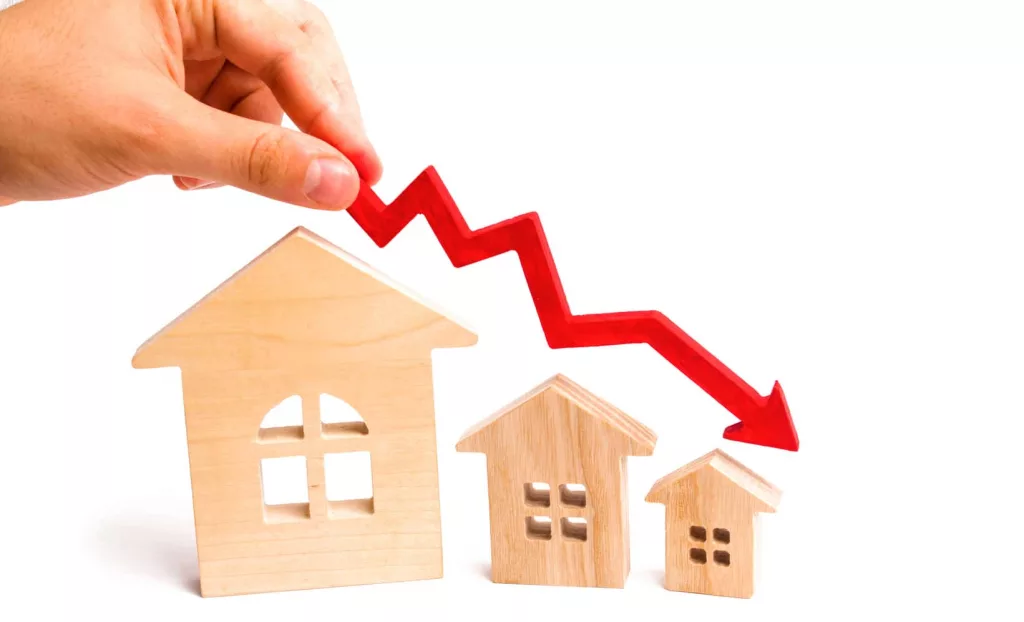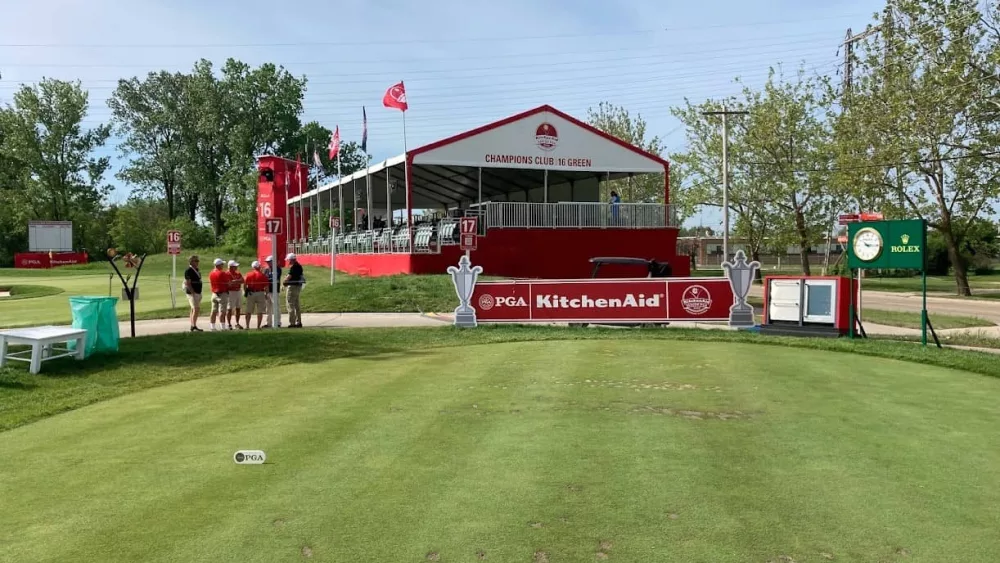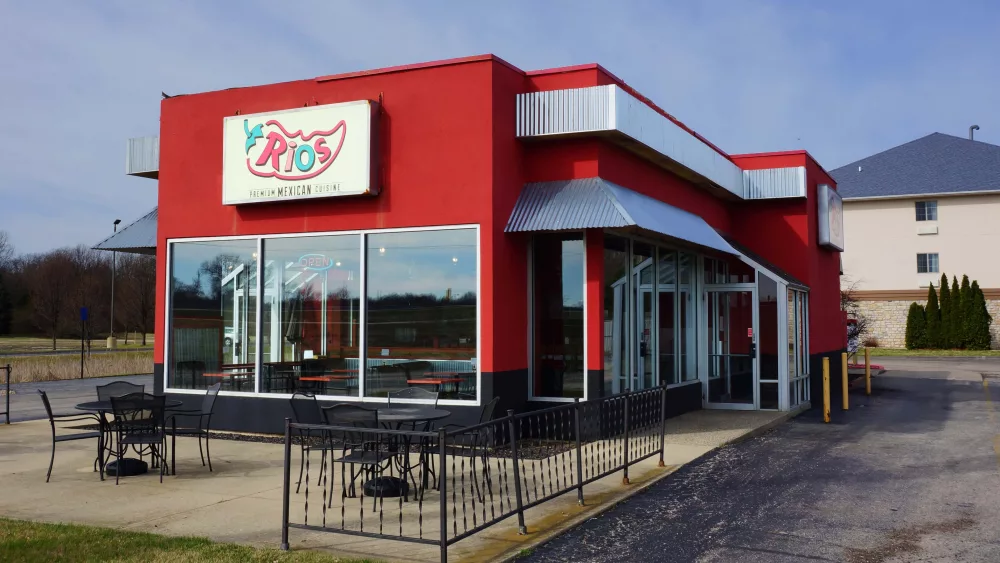Turns out the bitter cold weather of the New Year has not only kept people at home more than usual in Michigan’s Great Southwest, it has kept them from buying a new home as well, as Realtors in the region report more than just a chill in the air.
Alan Jeffries is Association Executive for the Southwestern Michigan Association of Realtors, Inc. He says, “After two peak years in 2016 and 2017, the 2018 local housing market only outpaced the previous years in selling price and total dollar volume.” In fact, he notes, “The housing market in January 2019 started out about where it was in 2015,” three full years ago.
Jeffries notes, “It is not unusual for January to be the least productive month of any given year,” adding, “For a variety of reasons buyers and sellers push to close in December before year end. When we compare the number of houses sold and closed in December to January of the next year, there has been 25- to 37-percent drop in houses sold over the last five years. For example, home sales last month, in January 2019, were 35-percent below sales in December 2018 (175 vs. 269).”
Comparing year-to-year, January 2019 home sales fell 8-percent behind January 2018 (175 vs. 190). Looking at sales year-over-year in January back to 2006, the number of houses sold in January 2019 fell to fifth highest tying with January 2007.
Jeffries adds, “While there was no one factor that can be accountable for fewer home sales, the leading factor could be the continuing decline in the number of houses for sale.” By way of reference, Jeffries reports, “From December 2018 to January 2019, the inventory dropped from 1,295 to 1,244 in Berrien, Cass and the westerly 2/3rds of Van Buren Counties. In January 2019, the inventory dropped 4-percent from January 2018 (1,244 vs. 1,292) giving buyers just a 4.9-months supply of houses. That level of inventory was only slightly higher than the lowest supply ever recorded in the year-over-year comparison which was set in January 2018 at 4.2-months supply of houses.”
Even the recent pricing rise didn’t pan out last month with the average selling price decreasing 6-percent to $199,131 from $210,936 in January 2018. The median selling price dropped 8-percent from January 2018 ($137,500 vs. $150,000).
The median price is the price at which 50% of the homes sold were above that price and 50% were below.
The total dollar volume fell 13-percent in January 2019 from January 2018 ($34,848,017 vs. $40,077,925).
The number of bank-owned or foreclosed homes as a percentage of all transactions was 9-percent in January. In December 2018 the percentage was 4-percent. The previous lowest percentage in January was 10.5-percent in 2018. The highest percentage in January was 57-percent in 2009.
Locally, the mortgage rate decreased to 4.573 from 4.718 percent in December. Last January, the rate was 4.241. Nationally, the Freddie Mac mortgage rate in January was 4.46 versus 4.55 in December for a 30-year conventional mortgage.
According to the National Association of Realtors, existing-home sales experienced a minor drop for the third consecutive month in January. Of the four major U.S. regions, only the Northeast saw an uptick in sales activity last month.
Nationally, total existing-home sales, which are completed transactions that include single-family homes, townhomes, condominiums and co-ops, decreased 1.2-percent from December to a seasonally adjusted annual rate of 4.94 million in January. Sales are now down 8.5-percent from a year ago (5.40 million in January 2018).
Lawrence Yun is Chief Economist for the National Association of Realtors. He says last month’s home sales of 4.94 million were the lowest since November 2015, but that he does not expect the numbers to decline further going forward, saying, “Existing home sales in January were weak compared to historical norms; however, they are likely to have reached a cyclical low. Moderating home prices combined with gains in household income will boost housing affordability, bringing more buyers to the market in the coming months.”
The median existing-home price for all housing types in January was $247,500, up 2.8-percent from January 2018 ($240,800). January’s price increase marks the 83rd straight month of year-over-year gains.
Yun notes that this median home price growth is the slowest since February 2012, and is cautions that the figures do not yet tell the full story for the month of January, suggesting, “Lower mortgage rates from December 2018 had little impact on January sales, however, the lower rates will inevitably lead to more home sales.”
Regionally, existing-home sales in the Midwest fell 2.5-percent from last month to an annual rate of 1.16 million in January, down 7.9-percent overall from a year ago. The median price in the Midwest was $189,700, which is up 1.4-percent from last year.
First-time buyers were 29-percent of sales in January, down from last month (32-percent), but the same as a year ago. NAR’s 2018 Profile of Home Buyers and Sellers revealed that the annual share of first-time buyers was 33-percent.
All-cash sales accounted for 23-percent of transactions in January, up from December and a year ago (22-percent in both cases). Individual investors, who account for many cash sales, purchased 16-percent of homes in January, up from 15-percent in December, but down from a year ago (17-percent).
Nationally, the total housing inventory at the end of January increased to 1.59 million, up from 1.53 million existing homes available for sale in December, and represents an increase from 1.52 million a year ago. Unsold inventory is at a 3.9-month supply at the current sales pace, up from 3.7 months in December and from 3.4 months in January 2018.
While total inventory grew (on a year-over-year basis) for the sixth straight month, Yun says the market is still suffering from an inventory shortage, saying, “In particular, the lower end of the market is experiencing a greater shortage, and more home construction is needed.” He adds, “Taking steps to lower construction costs would be a tremendous help. Local zoning ordinances should also be reformed, while the housing permitting process must be expedited; these simple acts would immediately increase homeownership opportunities and boost local economies.”
Meanwhile, John Smaby, who is President of the National Association of Realtors and a second-generation Realtor from Edina, Minnesota, says, “Decelerated sales and the increases in inventory will work in favor of potential homebuyers, putting them in a better negotiating position heading into the spring months.” He adds, “On top of that, low-interest rates will bring an additional $80 per month savings compared to the rates of just a few months ago.”
The numbers reported for local sales include residential property in Berrien, Cass and the westerly 2/3rds of Van Buren Counties and should not be used to determine the market value of any individual property. If you want to know the market value of your property, you should contact your local Realtor.






